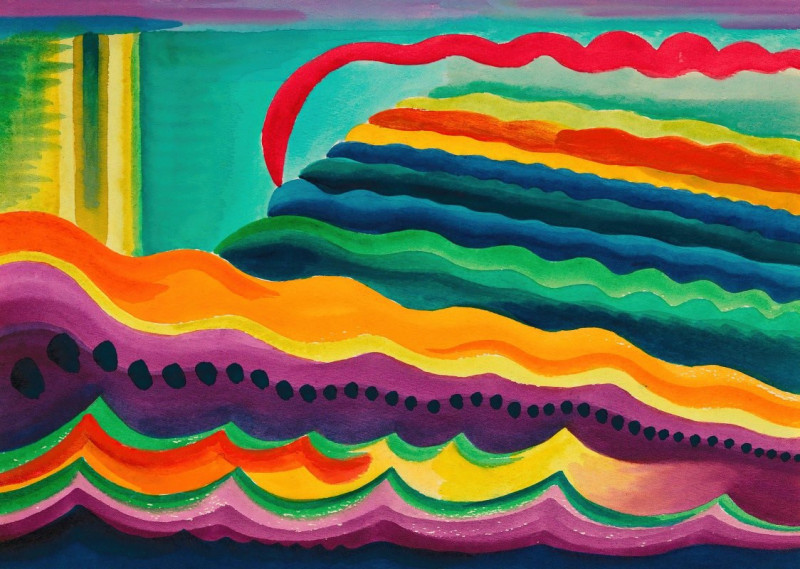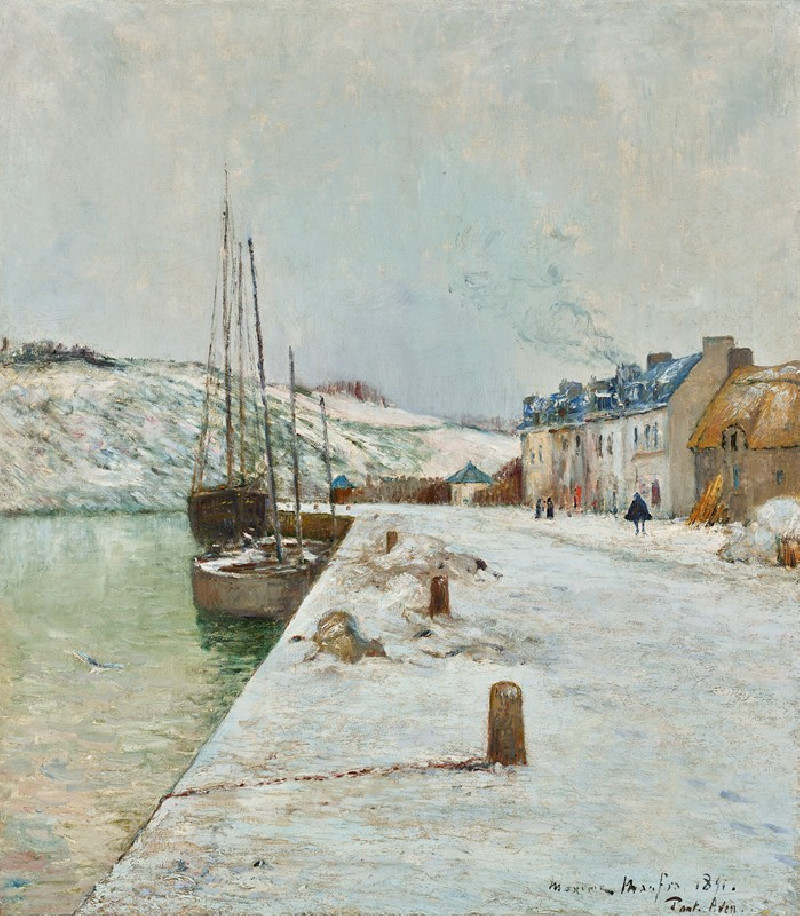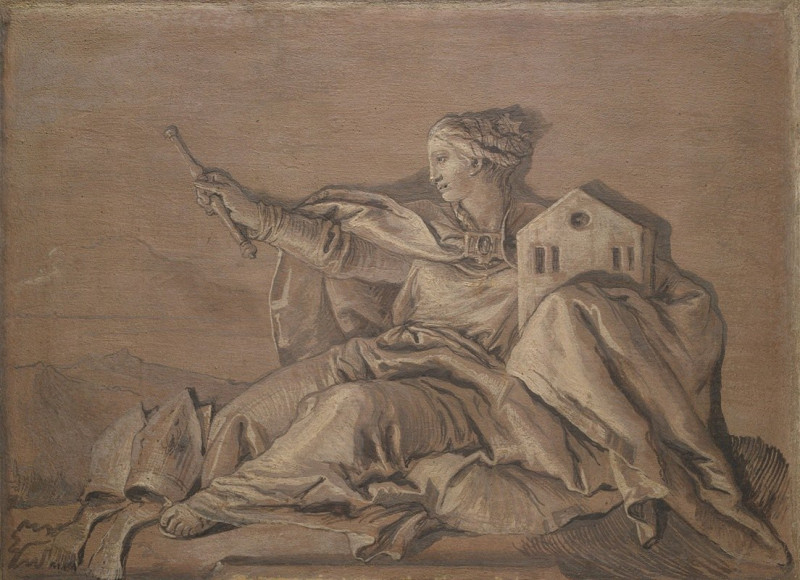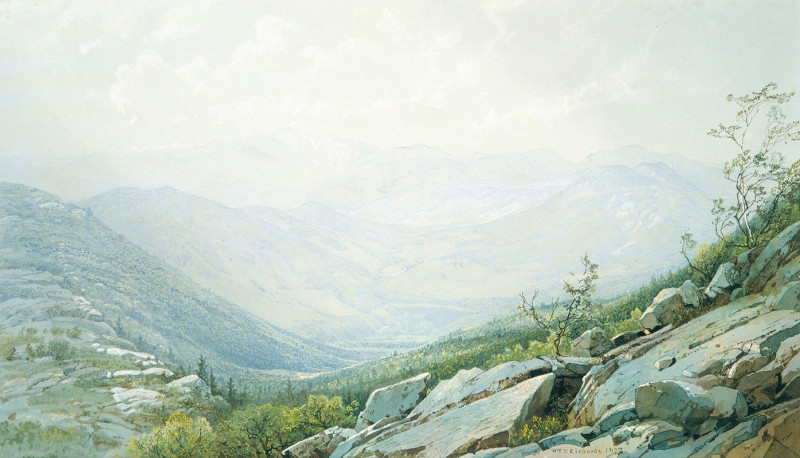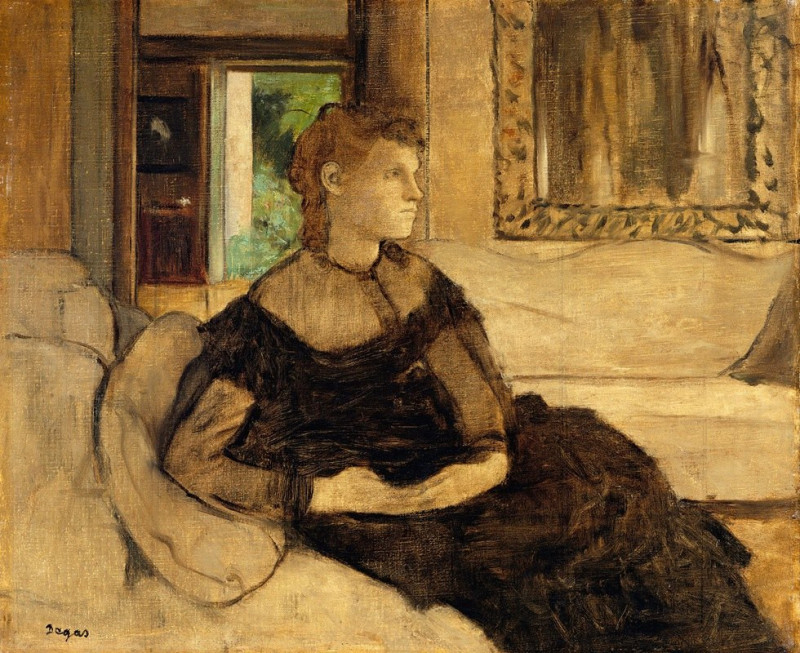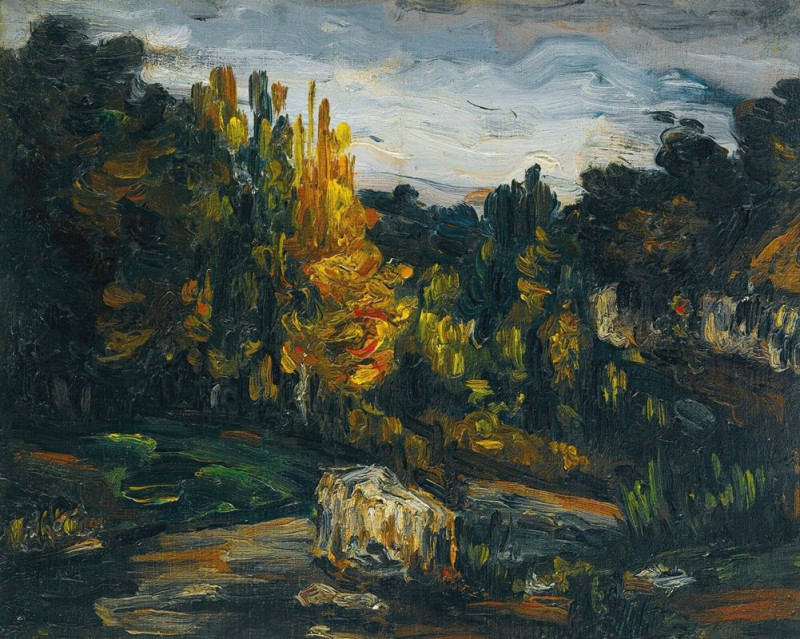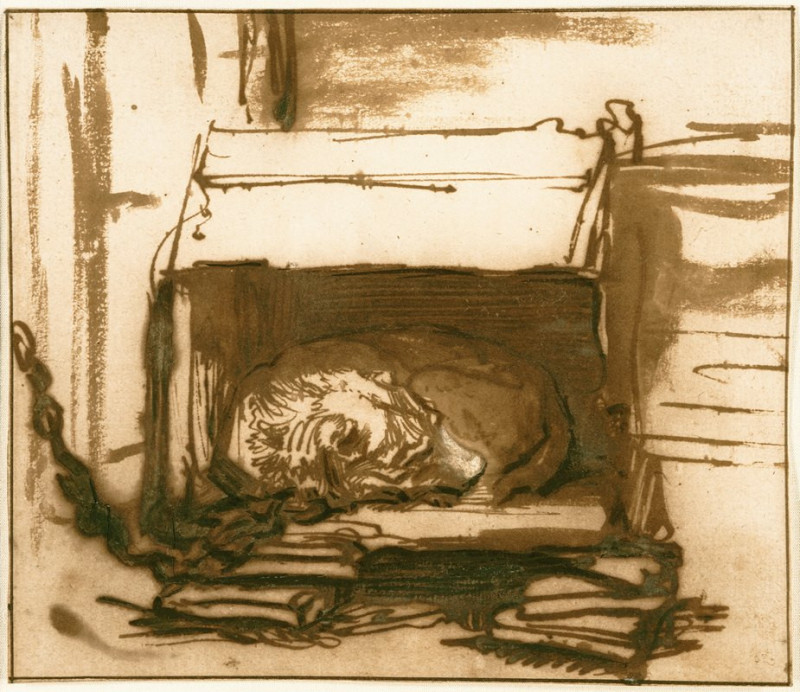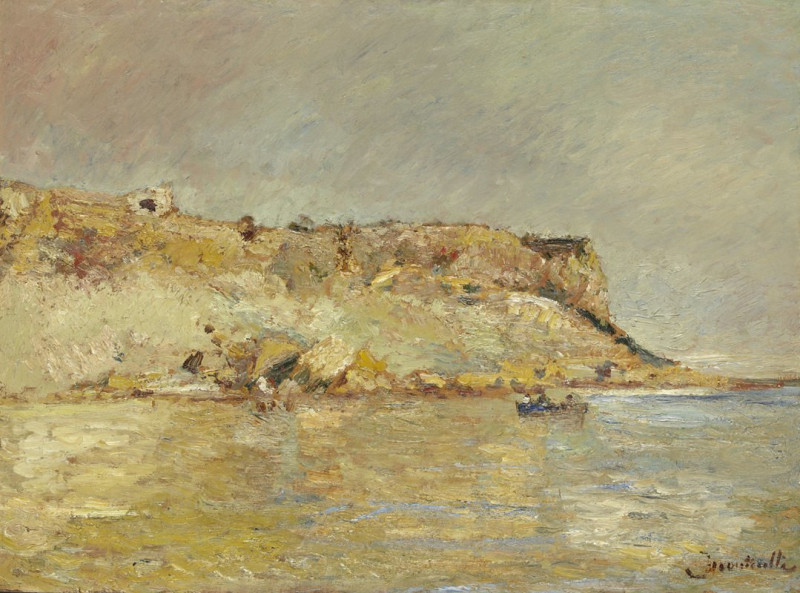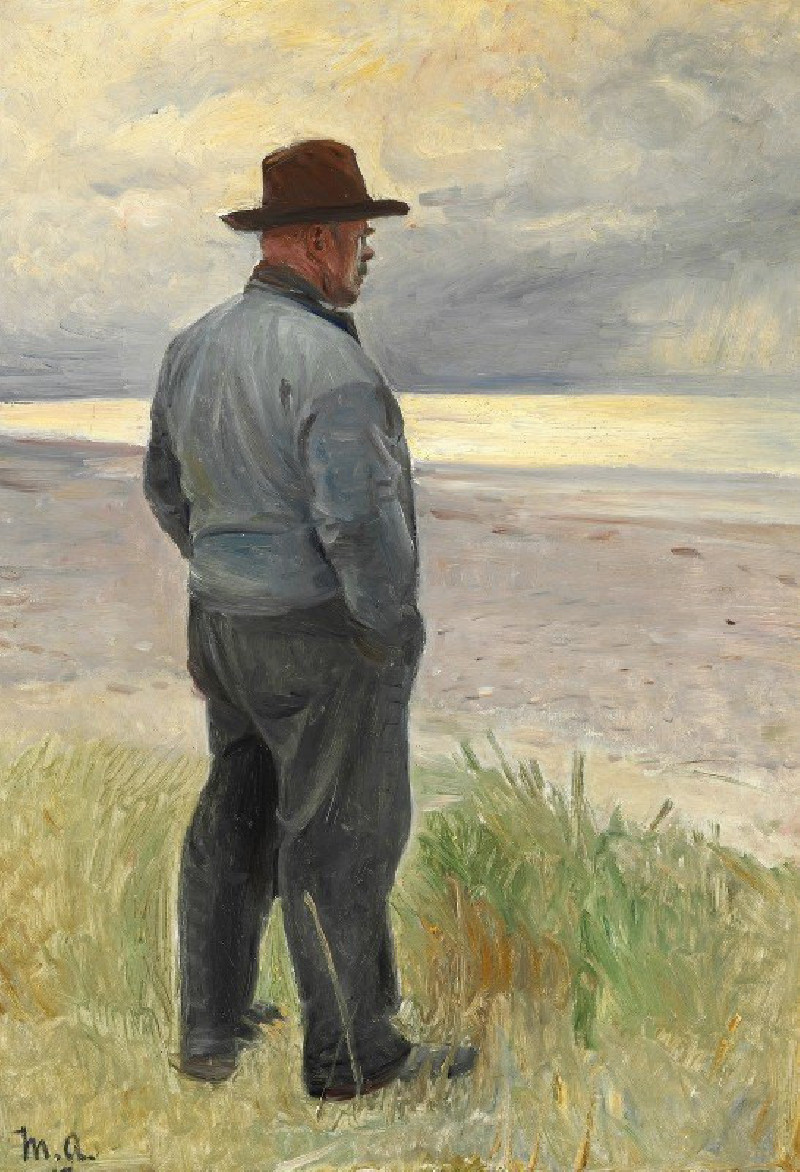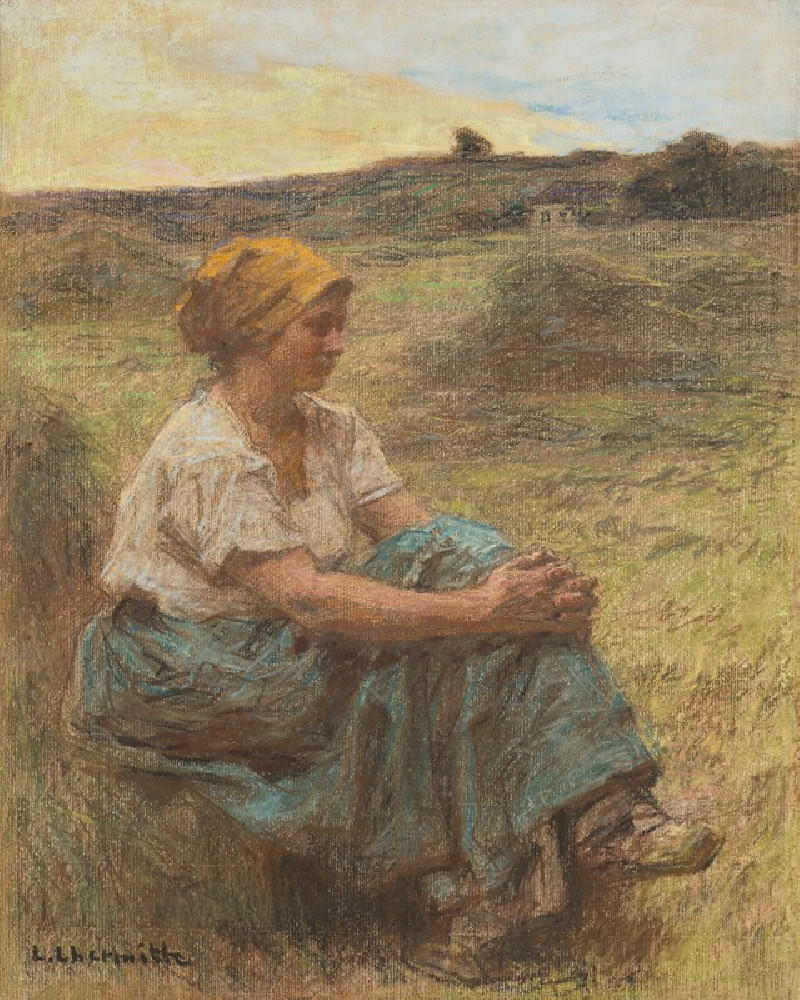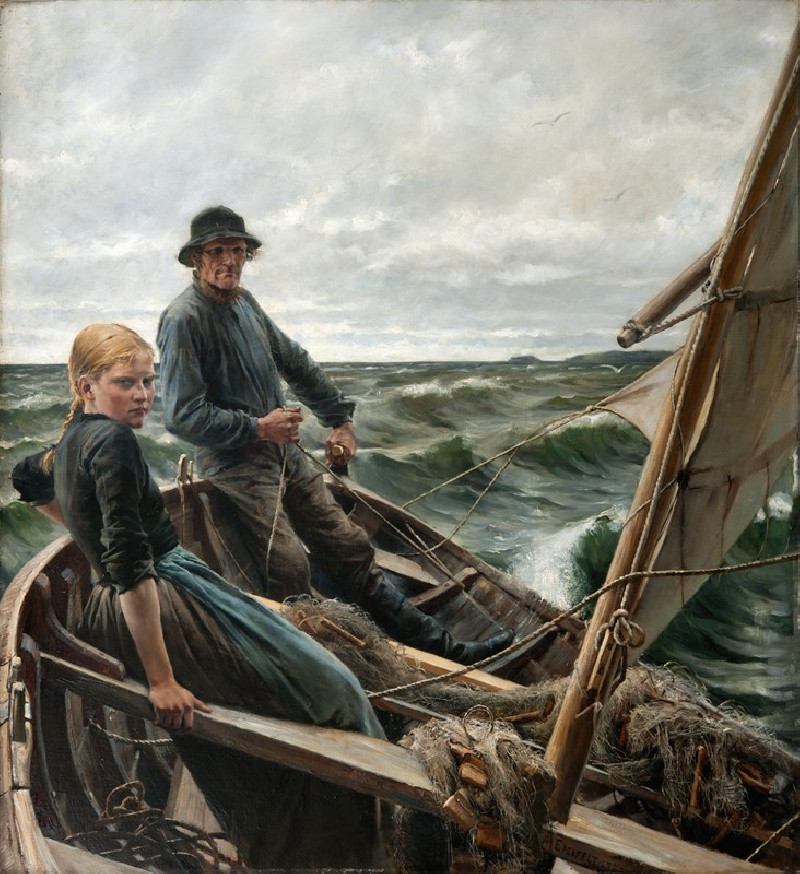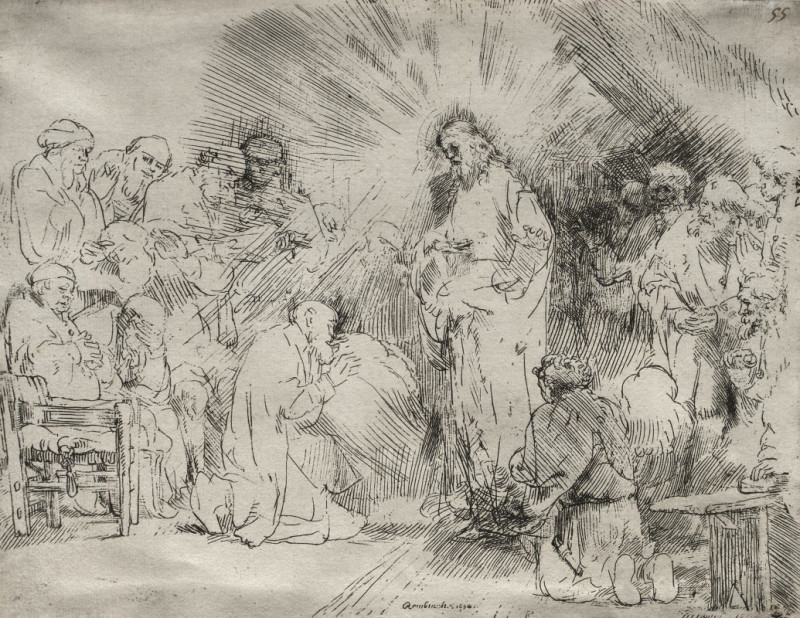Andante (around 1928)
Technique: Giclée quality print
Recommended by our customers
More about this artwork
Discover the rhythmic color waves of Karl Wiener's painting, "Andante," created around 1928. This exquisite piece captivates viewers with its vibrant and flowing layers that seemingly dance across the canvas. The painting features a series of undulating shapes and bold colors, ranging from deep blues and greens in the upper layers to warm oranges, yellows, and purples below. Each wave is distinct yet harmoniously connected, creating a visually dynamic effect."Andante," a musical term that suggests a steady, walking pace, perfectly encapsulates the serene yet deliberate energy of this artwork. Wiener's use of repetitive patterns, like the sequence of black dots that rhythmically punctuate one of the purple waves, adds a tactile quality to the visual melody. On the left side, a contrasting vertical element towers in a blend of green and yellow, providing a structural balance to the otherwise fluid composition.This painting is an invitation to pause and reflect, to lose oneself in the layers of color and form that evoke both movement and tranquility.

